Deep within the ancient rocks of South Africa, scientists have discovered something truly astonishing—microorganisms that have been trapped for two billion years and might still be alive.
This discovery offers a rare glimpse into the very beginnings of life on our planet. As researchers begin to study these ancient microbes, they may uncover new insights that could change our understanding of how life evolved and survived in the most extreme conditions. It’s a mystery waiting to be unraveled, one that could rewrite the story of life on Earth.
Earth’s Oldest Survivors
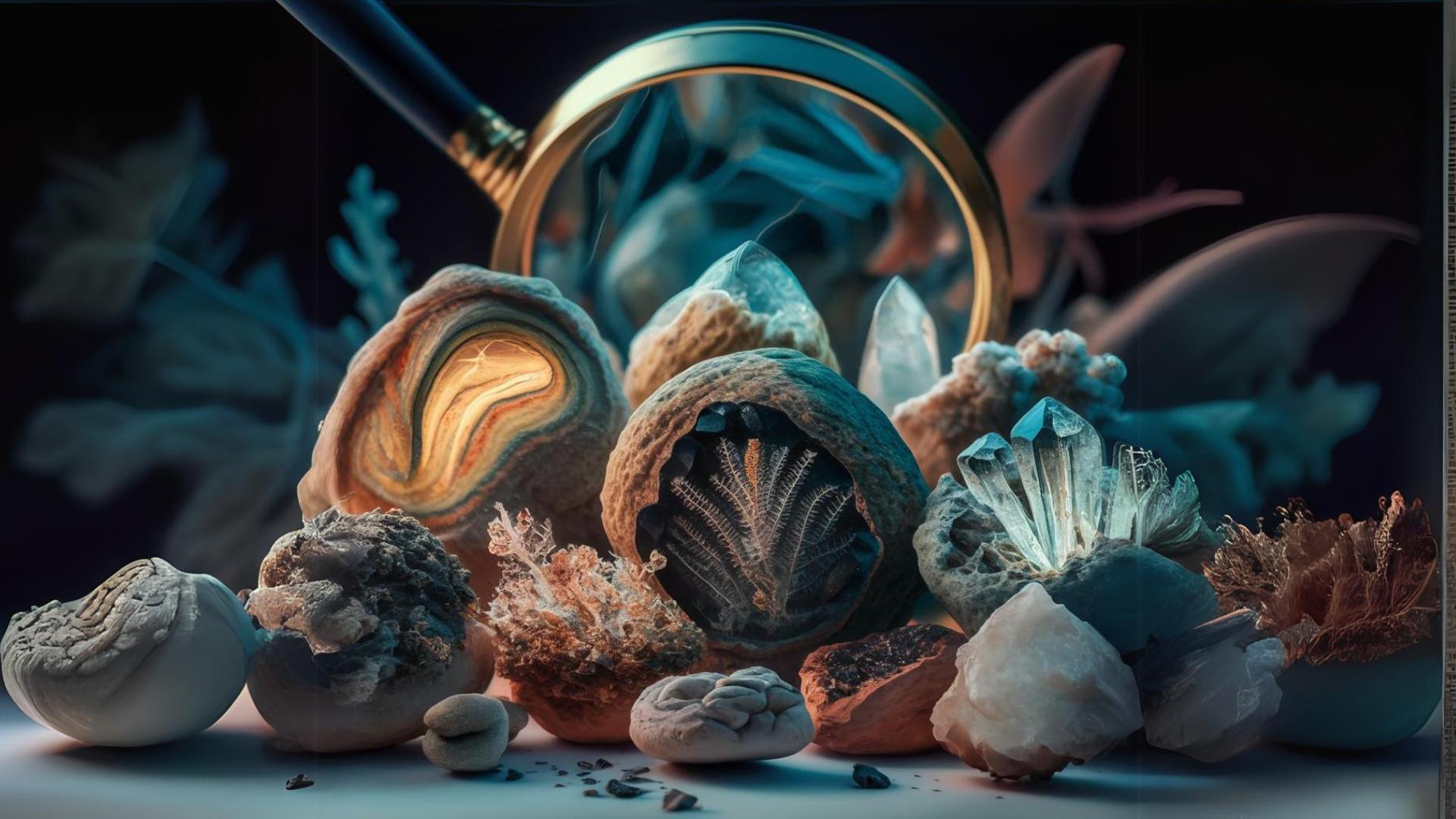
What makes these microorganisms particularly fascinating is their extreme age and the possibility that they might still be alive. If they are indeed living, they could be the oldest known surviving organisms on Earth, far outlasting any other form of life.
This would suggest an extraordinary level of resilience, hinting at the existence of life forms capable of withstanding extreme conditions over unimaginable timescales.
Buried Alive: Discovering life under the rocks
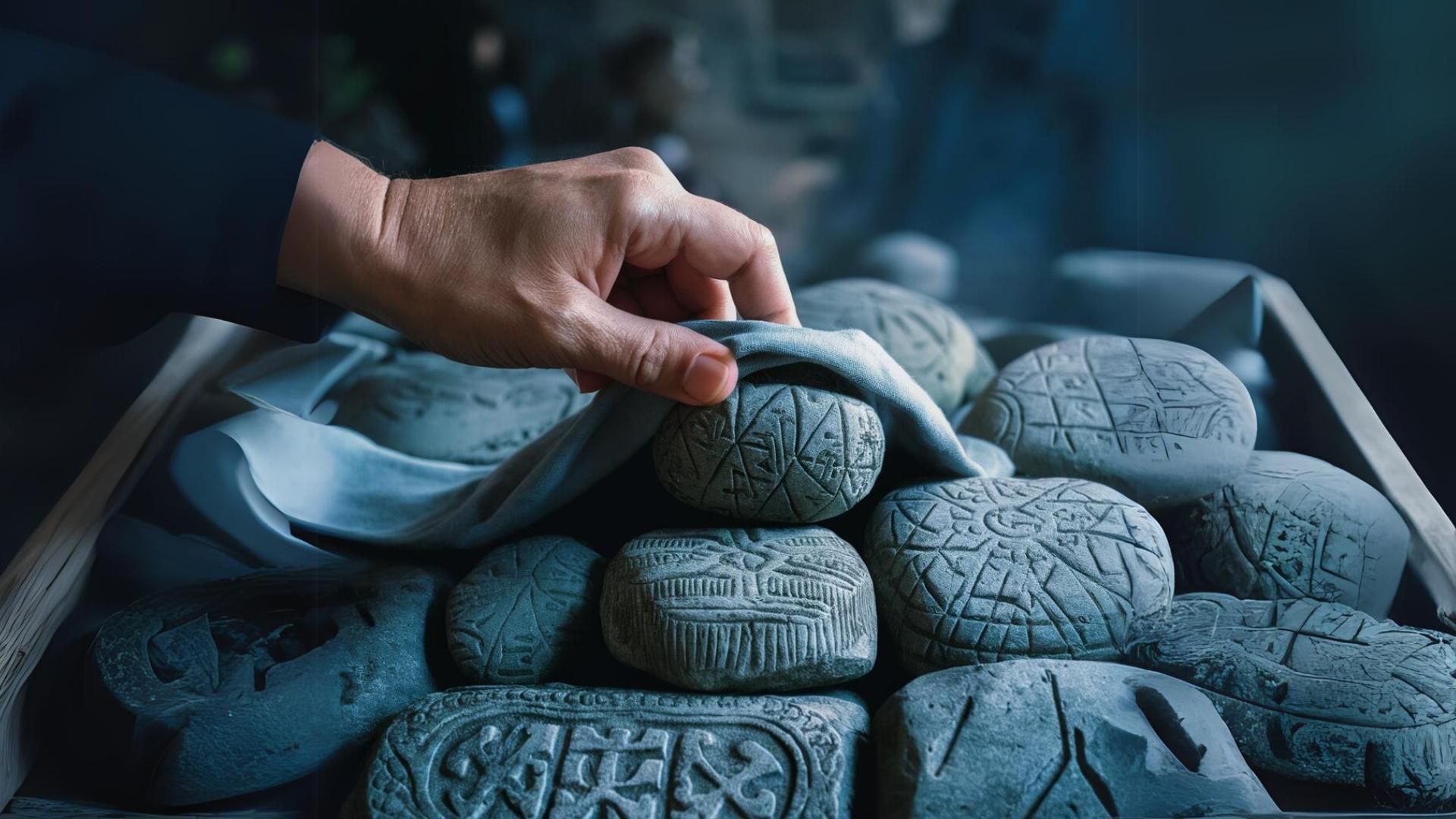
In a fascinating journey deep beneath South Africa’s surface, scientists drilled into ancient rocks known for their rare metals, never expecting to find what they did. As they reached 500 meters down, they uncovered tiny, ancient microorganisms trapped in a hidden crack within the rock.
These little life forms, possibly still alive after two billion years, were carefully brought back to Japan for study. There, researchers found that the cells contained DNA and proteins, suggesting that these microbes might still be clinging to life.
The Find That Shocked The Professors
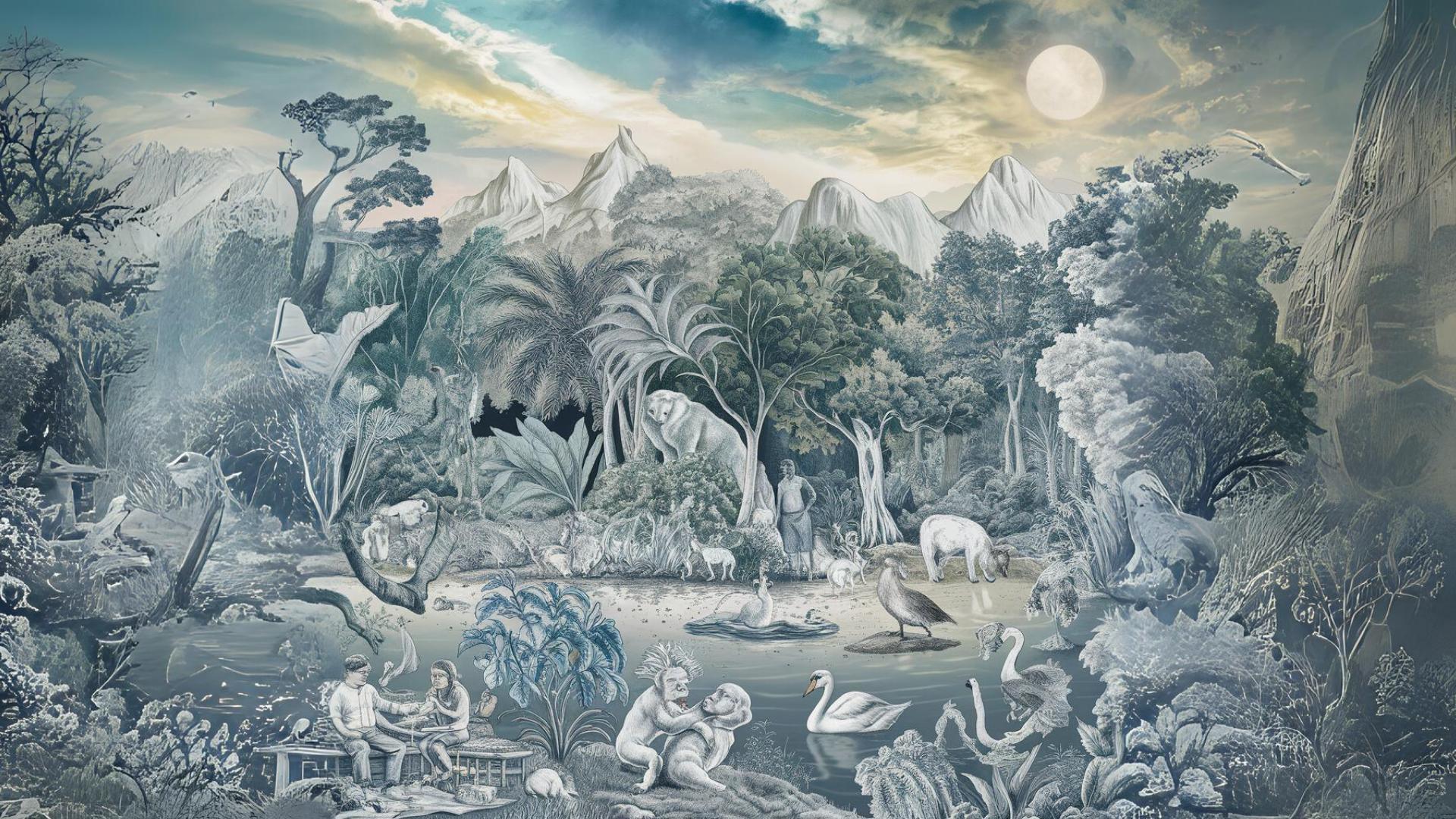
Associate Professor Fujishima Kosuke, a member of the research team from the University of Tokyo, was genuinely astonished by the discovery of two-billion-year-old microorganisms deep within the Earth’s crust.
For someone with extensive experience in the field of microbiology, this find was unlike anything he had encountered before. Professor Fujishima highlighted how unprecedented this discovery was, as scientists have never before found living microorganisms so deeply embedded in such ancient rocks.
The 100-Million-Year-Old Survivors That Defied Time
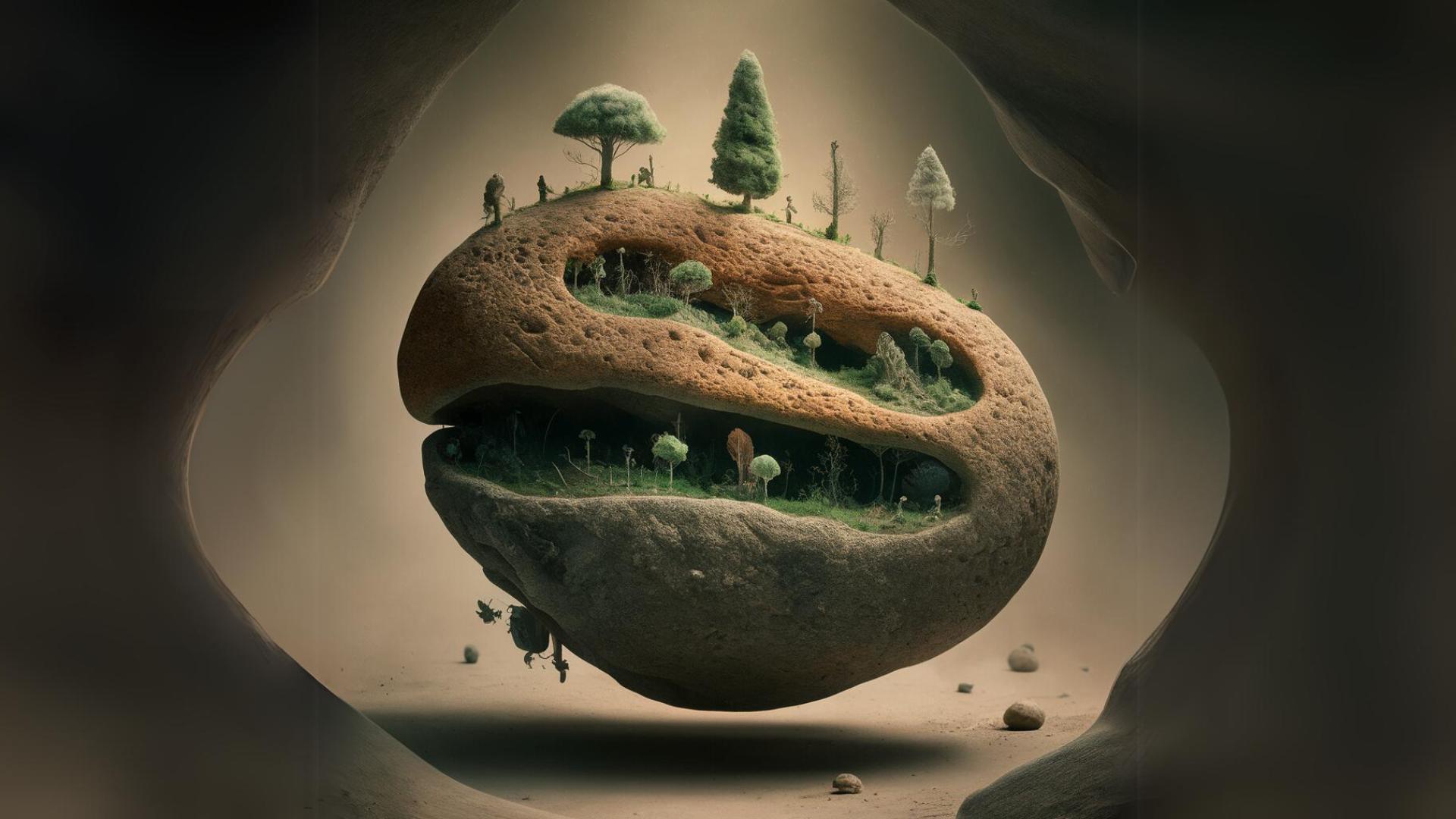
Before this, the oldest living microbes found were about 100 million years old, which already seemed ancient. Discovering these microbes helps us understand when and how life started on Earth.
These ancient microorganisms were discovered in places like the deep layers of the ocean floor and within salt deposits, environments that are isolated and stable enough to preserve life for incredibly long periods.
Ancient Microbes Hint at Life on Mars
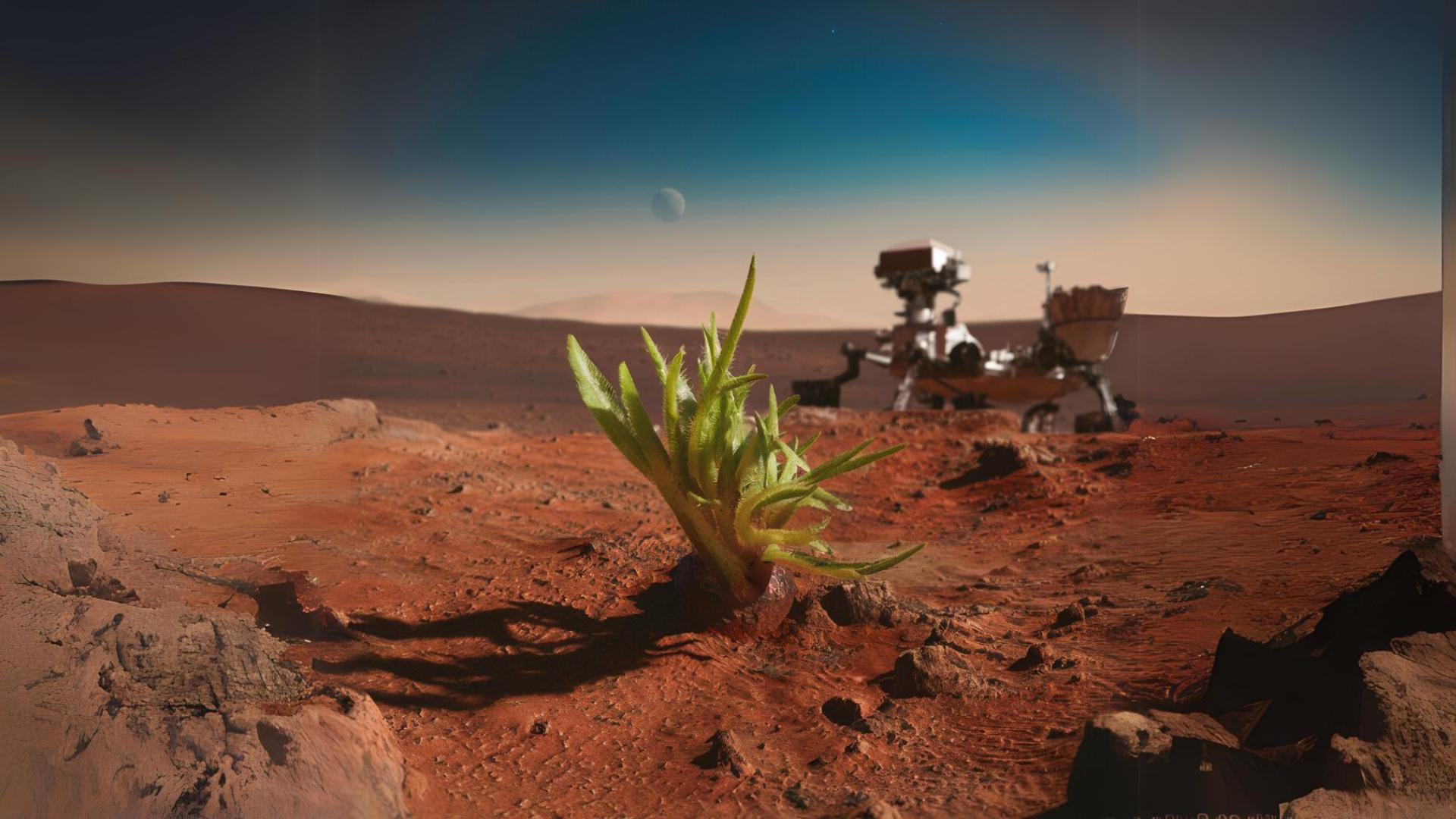
The discovery of these ancient microorganisms has exciting implications for the field of astrobiology, which studies the potential for life beyond Earth. These microbes, possibly surviving in extreme and isolated conditions for two billion years, suggest that life could exist in similar environments on other planets, like Mars.
If life can endure such harsh conditions on Earth, it raises the possibility that similar forms of life might be found on planets with extreme climates, expanding our understanding of where life could thrive in the universe.
Climate Insights
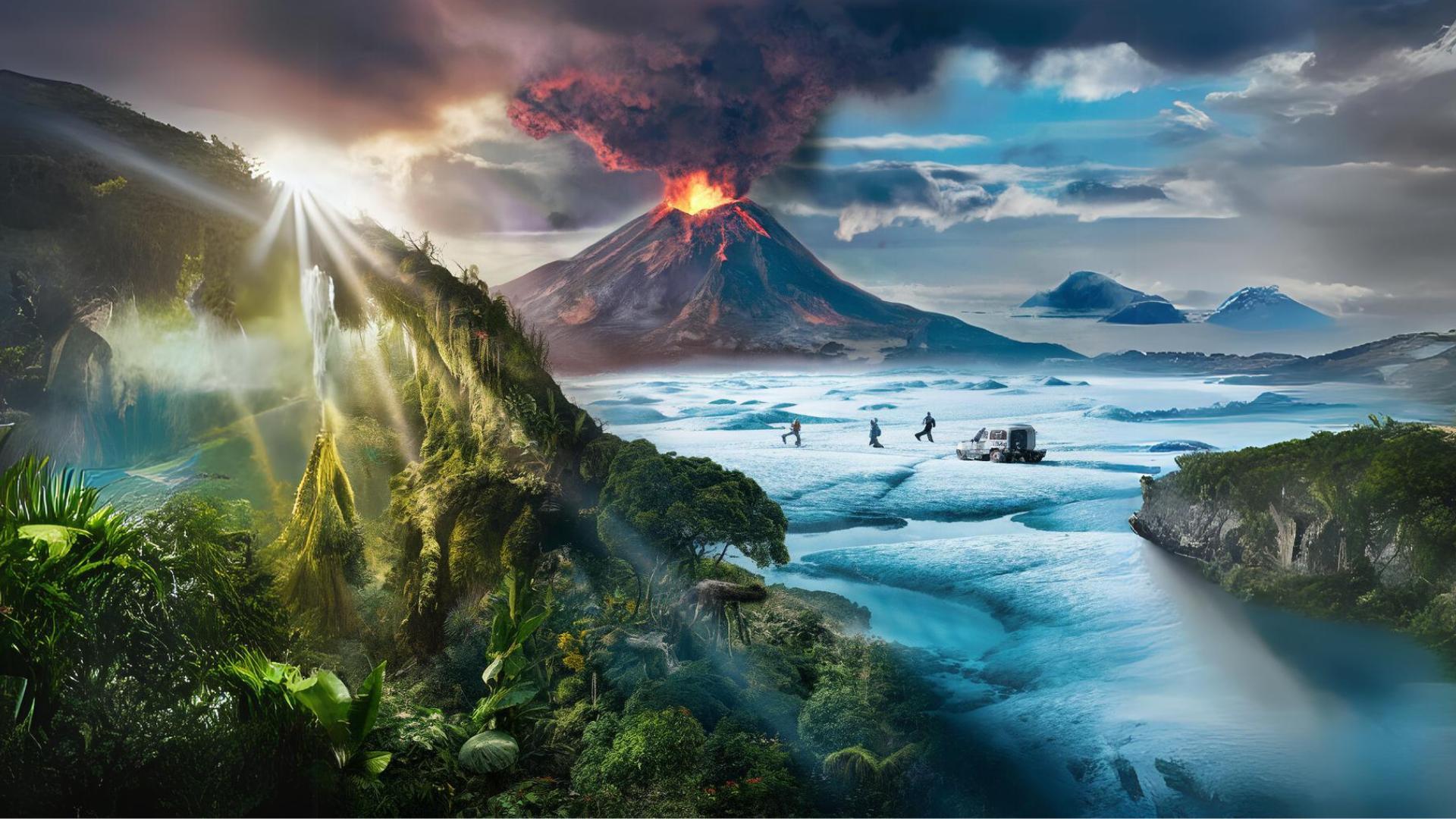
The discovery of these two-billion-year-old microorganisms offers valuable insights into Earth’s ancient climate and environmental conditions. By studying these microbes, scientists can gain a better understanding of the extreme environments that existed billions of years ago, such as the temperature, chemical composition, and atmospheric conditions.
This information can help researchers piece together the history of Earth’s climate changes over time and how early life adapted to survive in these harsh conditions. Ultimately, it could provide clues about how life might adapt to future climate changes.
Ethical Questions On the Rise
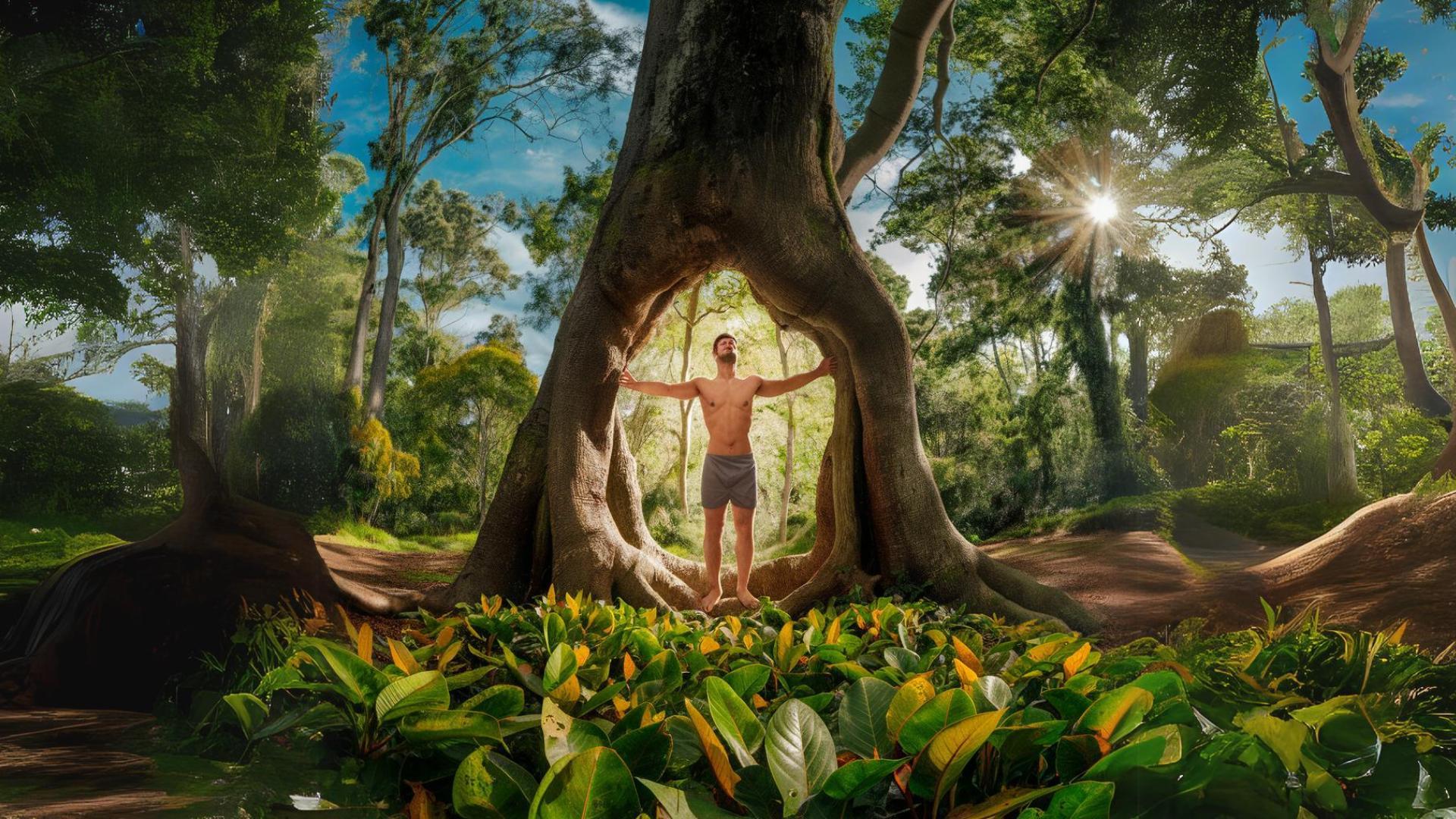
The discovery of ancient microorganisms raises important ethical questions about how we handle such findings. One concern is whether reviving or closely studying these long-isolated life forms could pose risks, such as introducing unknown pathogens or disrupting existing ecosystems.
There’s also the question of how far scientists should go in experimenting with these organisms, especially when considering the potential to learn from them versus the risk of unintended consequences. This discovery forces us to think carefully about the balance between scientific progress and the ethical implications of exploring ancient life.
Unique and Isolated
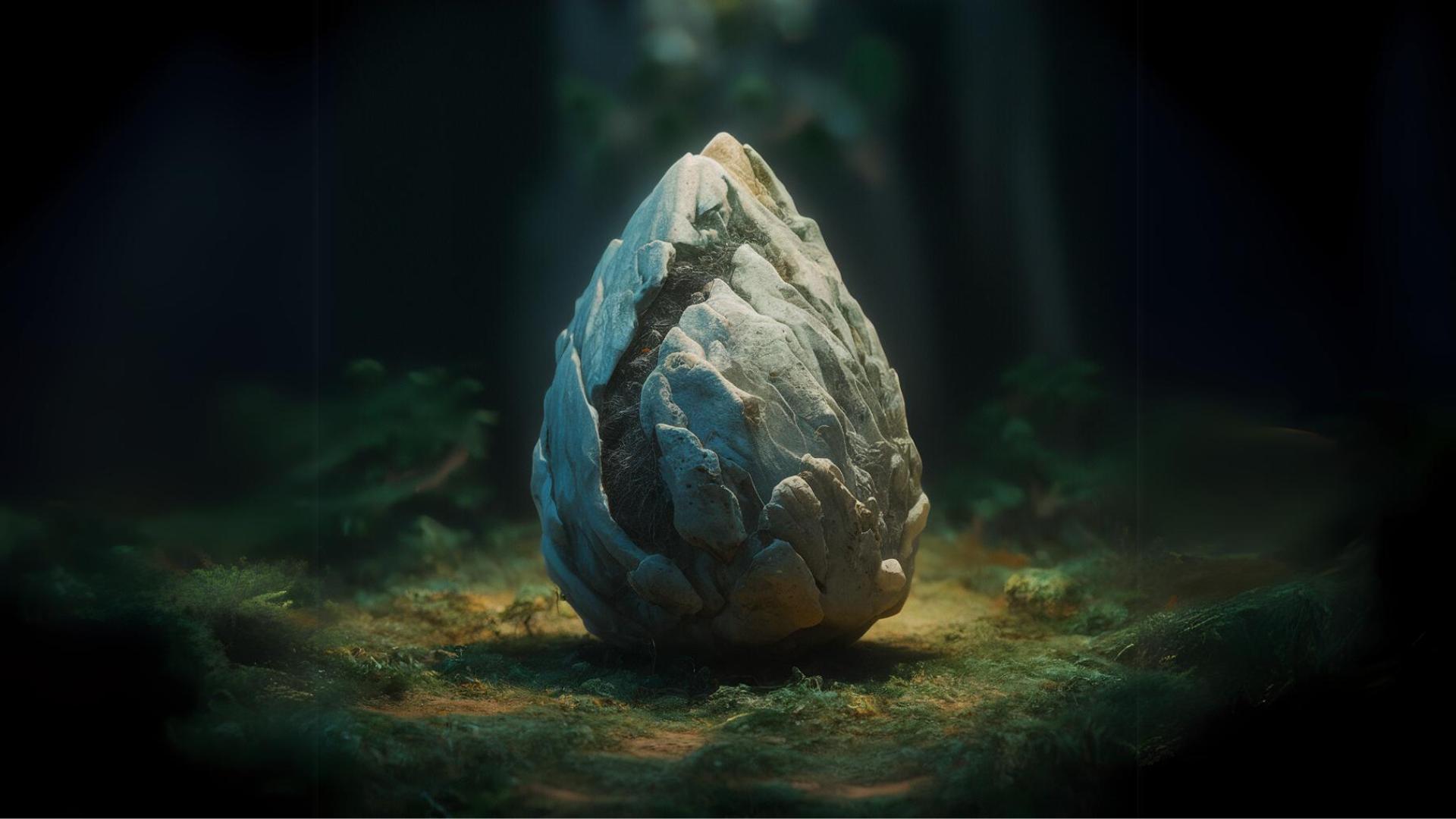
The microorganisms discovered in the two-billion-year-old rocks in South Africa are believed to be entirely different from other microbes found in extreme environments elsewhere on Earth. These ancient microbes have been isolated for an unprecedented amount of time, leading scientists to speculate that they might have evolved unique biological traits not seen in other known life forms.
This sets them apart from other ancient organisms, such as those found in deep-sea vents or salt crystals, which are also ancient but much younger by comparison
Uncovering Clues to Our Past and Future
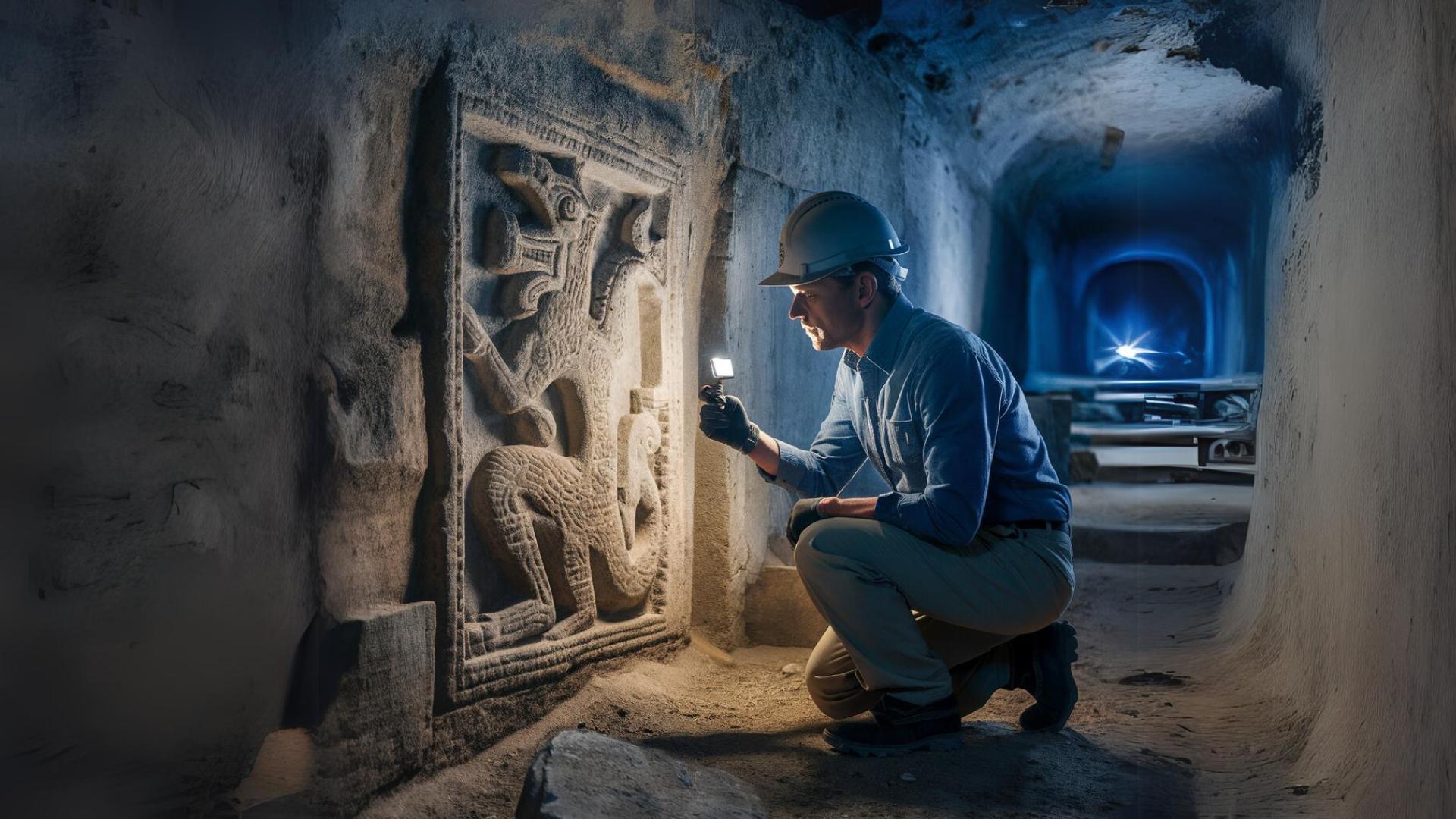
Imagine finding an old map that shows us where we’ve come from and hints at where we might be going. This discovery makes us think about our past in a whole new way, like we’re detectives solving a mystery about who we are. It’s like finding a hidden chapter in a book we thought we knew, making us wonder about the people and events that shaped us.
And as we explore these clues from the past, we might even get some ideas about what the future could hold. It’s an exciting adventure that connects our history with our future!

